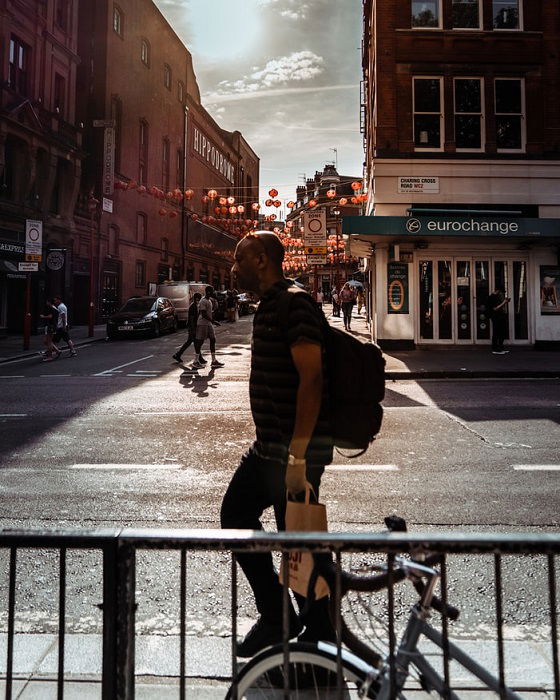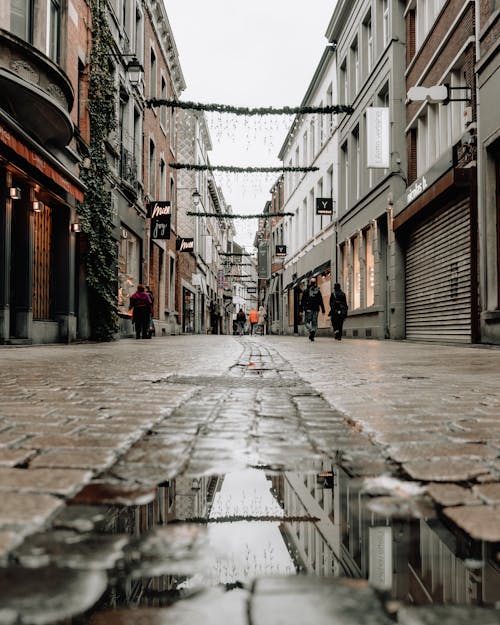Indicators on Framing Streets You Should Know
The Main Principles Of Framing Streets
Table of ContentsFraming Streets Fundamentals ExplainedThe 15-Second Trick For Framing StreetsFraming Streets Things To Know Before You BuySome Known Questions About Framing Streets.All about Framing StreetsFacts About Framing Streets Revealed
, typically with the aim of recording pictures at a definitive or poignant moment by mindful framework and timing. https://www.domestika.org/en/framingstreets1.
Fascination About Framing Streets
Susan Sontag, 1977 Road photography can concentrate on people and their actions in public. In this respect, the road photographer resembles social docudrama photographers or photographers that also function in public areas, however with the goal of capturing newsworthy occasions. Any one of these professional photographers' pictures may catch people and residential or commercial property visible within or from public areas, which often requires navigating honest concerns and laws of privacy, protection, and residential or commercial property.
Depictions of everyday public life form a genre in practically every period of globe art, starting in the pre-historic, Sumerian, Egyptian and very early Buddhist art durations. Art managing the life of the street, whether within sights of cityscapes, or as the leading concept, appears in the West in the canon of the North Renaissance, Baroque, Rococo, of Romanticism, Realistic look, Impressionism and Post-Impressionism.
Framing Streets Fundamentals Explained
Louis Daguerre: "Boulevard du Holy place" (1838 or 1839) In 1838 or 1839 the initial photo of figures in the road was taped by Louis-Jacques-Mand Daguerre in one of a set of daguerreotype views drawn from his studio window of the Blvd du Temple in Paris. The 2nd, made at the height of the day, reveals an unpopulated stretch of road, while the other was taken at concerning 8:00 am, and as Beaumont Newhall reports, "The Blvd, so regularly loaded with a relocating crowd of pedestrians and carriages was flawlessly solitary, except an individual who was having his boots brushed.
, that was influenced to embark on a comparable documentation of New York City. As the city established, Atget assisted to promote Parisian streets as a deserving subject for photography.

An Unbiased View of Framing Streets
The principal Mass-Observationists were anthropologist Tom Harrisson in Bolton and poet Charles Madge in London, and their first report was created as guide "May the Twelfth: Mass-Observation Day-Surveys 1937 by over two hundred onlookers" [] Window cleaner at Kottbusser Tor, Berlin, by Elsa Thiemann c. 1946 The post-war French Humanist College professional photographers discovered their topics on the street or in the diner. Between 1946 and 1957 Le Groupe des XV every year showed work of this kind. Andre Kertesz. Circus, Budapest, 19 May 1920 Street digital photography developed the significant web content of 2 events at the Museum of Modern Art (Mo, MA) in New York curated by Edward Steichen, Five French Photographers: Brassai; Cartier-Bresson, Doisneau, Ronis, Izis in 1951 to 1952, and Post-war European Photography in 1953, which exported the concept of street photography internationally.

Some Known Facts About Framing Streets.
The recording device was 'a concealed video camera', a 35 mm Contax hidden underneath his coat, that was 'strapped to the upper body and linked to a long wire strung down the appropriate sleeve'. Nevertheless, his work had little modern impact as because of Evans' level of sensitivities concerning the creativity of his project and the personal privacy of his subjects, it was not released until 1966, in the book Several Are Called, with an introduction composed by James Agee in 1940.
Helen Levitt, then a teacher of young kids, related to Evans in 193839. She recorded the temporal chalk drawings - sony a7iv that belonged to kids's street culture in New york city at the time, along with the kids that made them. In July 1939, Mo, MA's brand-new photography area consisted of Levitt's operate in its inaugural exhibitionRobert Frank's 1958 book,, was considerable; raw and typically indistinct, Frank's pictures examined conventional photography of the moment, "tested all the formal policies set by Henri Cartier-Bresson and Pedestrian Evans" and "flew in the face of the wholesome pictorialism and heartfelt photojournalism of American magazines like LIFE and Time".